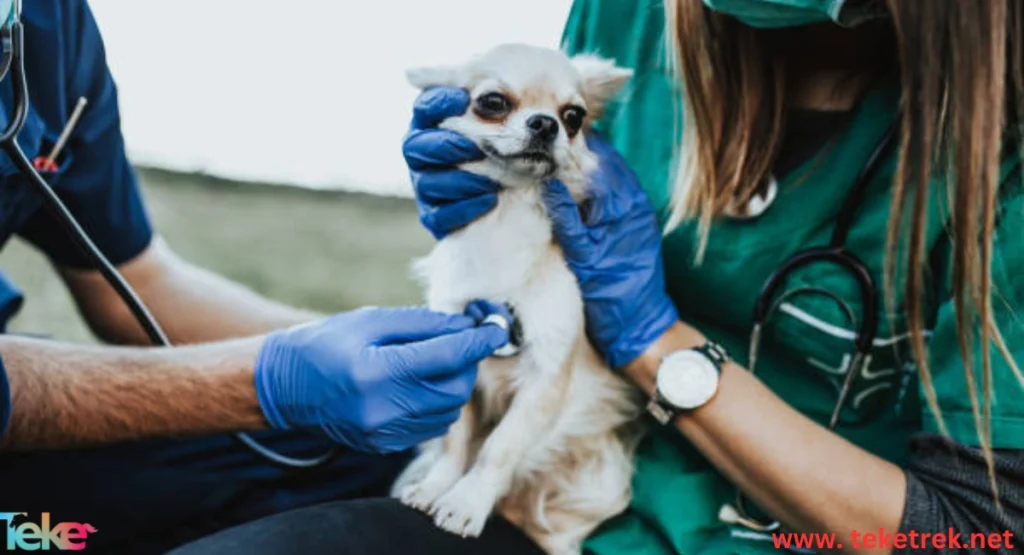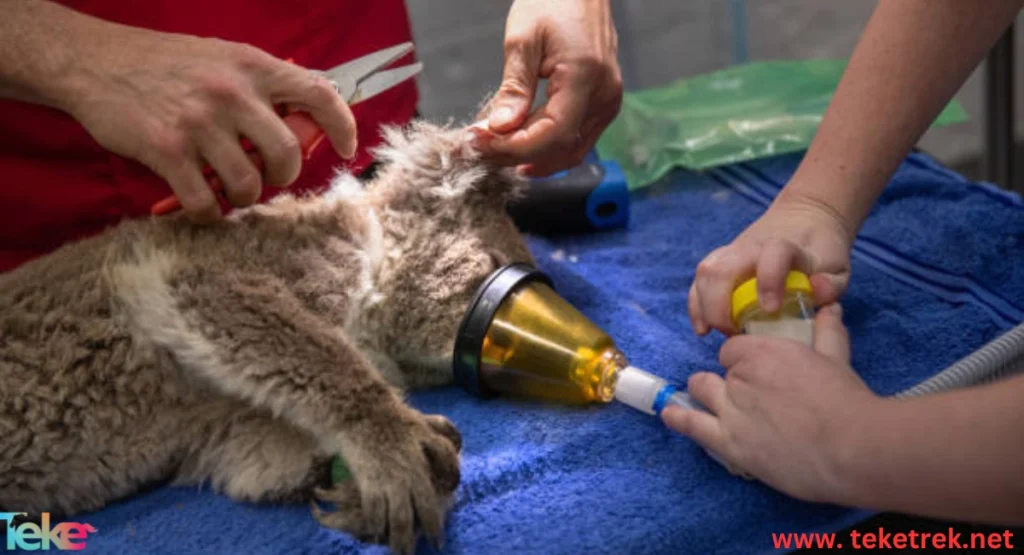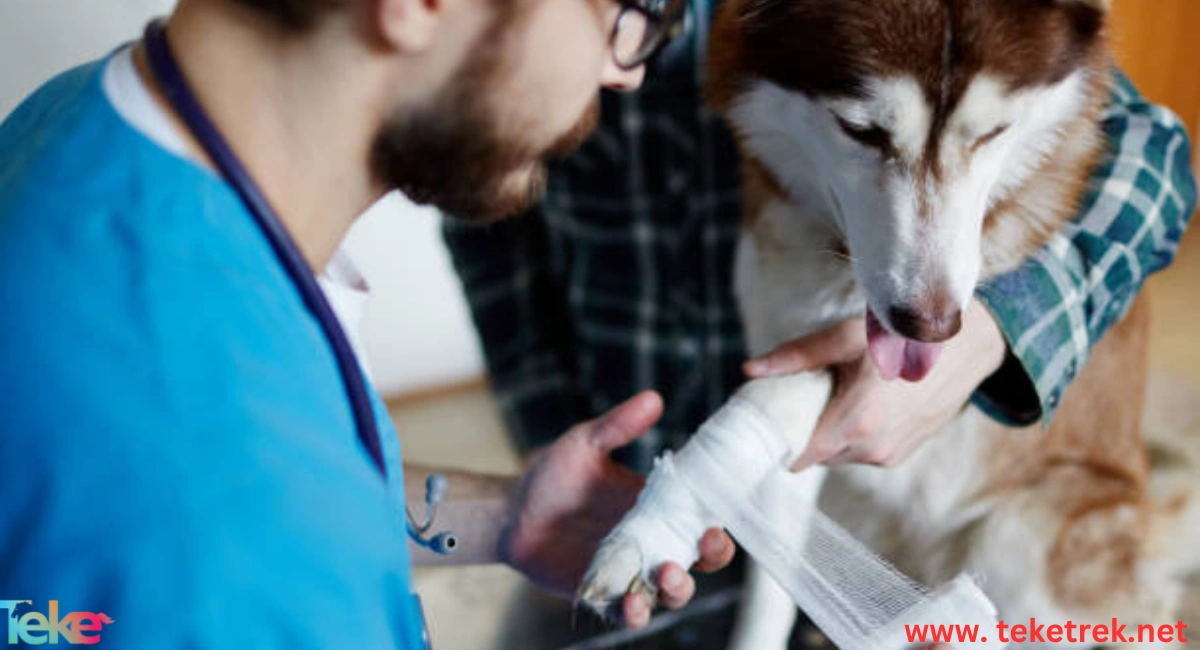Wildlife has always been known as an essential part of the biodiversity of our ecosystem, yet wild animals face many difficulties and challenges with the continuation of urban expansion and negative human practices in general, such as the loss of their natural habitats, water and air pollution, or overhunting, which leads to their exposure to serious injuries or diseases, and therefore it is necessary to help injured wild animals in order to achieve ecological balance and maintain the health of wildlife in general، Continue reading this article from teketrek.
How to Identify a Help Injured Wildlife
In order to help any wild animal we may encounter in the best possible way, it is necessary to know how to determine whether it is injured or not in order to avoid falling into other problems that we can do without, as there are several signs that indicate that this wild animal needs help as follows:
- Visible and clear injuries such as wounds or fractures.
- Unusual behaviors, such as the inability to escape, or being in an unusual place for it.
- The appearance of signs of weakness and frailty on the animal, such as the inability to move or a change in the color of its skin, for example.
- Making strange sounds that indicate pain and fear, such as screaming or shouting loudly.

What to do if you see an animal hurt?
After you are sure that the wild animal in front of you is injured and needs help, we advise you to take the following steps:
- Stay calm: Try not to frighten or excite the animal.
- Avoid approaching: Do not try to touch the animal or approach it in any way, especially if it seems aggressive or afraid.
- Assess the situation from a safe distance: This is done by observing the animal from a distance, in order to determine the type of injury or problem it has been exposed to.
- Securing the area: If the animal is in danger, such as being close to a public road or cars, try to secure the area around it completely, but without approaching it.
- Taking pictures: If you are able, take some pictures of the injured animal from a distance in order to send them to the rescue center to obtain appropriate instructions and guidance.
The Seahorse: A Fascinating Creature with Unique Characteristics
When should you contact the animal rescue center?
If you come across an injured wild animal, you will need to contact an animal rescue center when you encounter one of the following situations:
- If the animal is clearly injured and needs medical attention as soon as possible, such as a lot of blood or bruises on its body.
- If the animal is in great danger, for example, if it is in a very crowded area and you cannot secure it or change its location.
- If you are unsure of how to deal with the situation, or you need some additional guidance in order to act correctly.
What should you avoid when trying to Wild animal help?
Observing the condition of the injured wild animal and checking its condition does not mean acting or doing random behaviors, as there are many things that you should avoid when you come across such a situation, the most important of which are:
- Do not try to treat the animal yourself, as this may cause its condition to worsen instead of improving.
- Do not feed the animal or give it water, as this may harm it in some way.
- Do not approach it suddenly, meaning you should avoid loud or fast movements that may frighten the animal or cause it anxiety.
- Do not take the animal home because this may cause infection to those inside or increase the animal’s fatigue, and it may also be illegal and will cause you several legal problems.

FAQs about how to help injured wild animals
- How can I protect myself when approaching an injured wild animal?
I can do this by keeping a safe distance and avoiding approaching it, and you can also use protective equipment for dealing with animals or ask for help from a professional in this field.
- Can I feed the injured animal?
In fact, it is not preferable to feed injured wild animals, because this may worsen their condition.
- Can household materials be used to treat the injured animal?
No, it is absolutely not possible, and if you want to use them, you must consult a veterinarian to ensure that these materials are safe for the animal and that they do not cause it any harm.
To summarize the above, it can be said that the role of individuals is vital in preserving wildlife and protecting it from the dangers it faces, by identifying injured wild animals and providing appropriate assistance, thus contributing to the preservation of biodiversity. Let’s not forget that working with rescue centers and raising awareness of the importance of protecting wildlife can help build an integrated society and protect every part of our planet. Every small effort can make a big difference in a world full of challenges.





